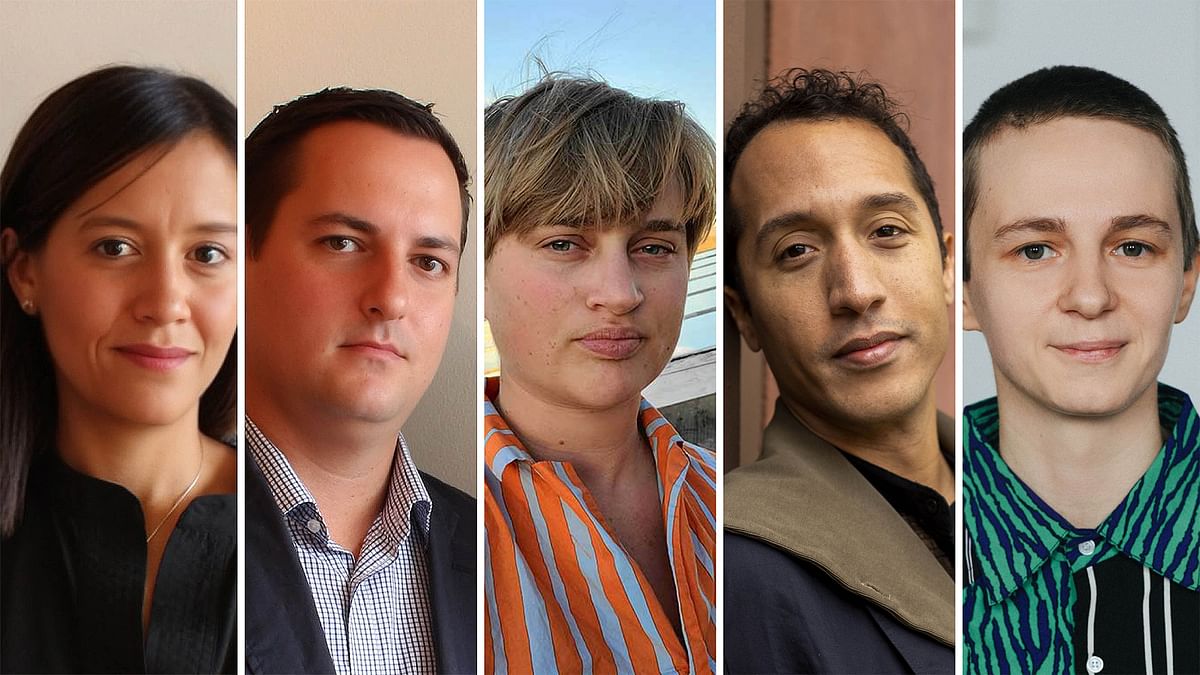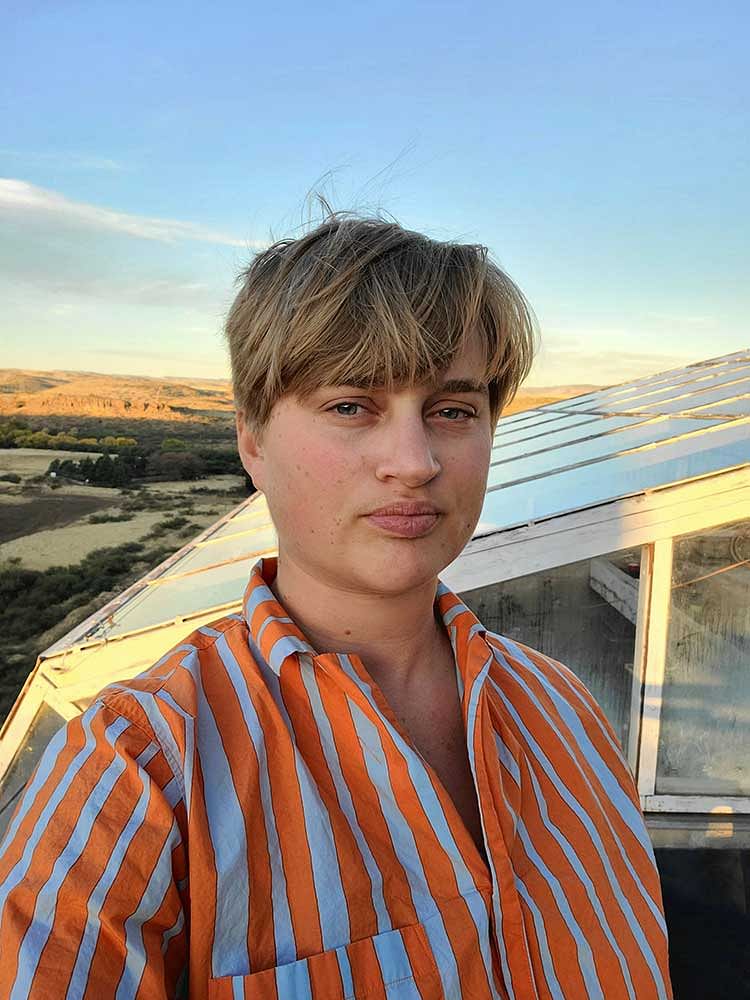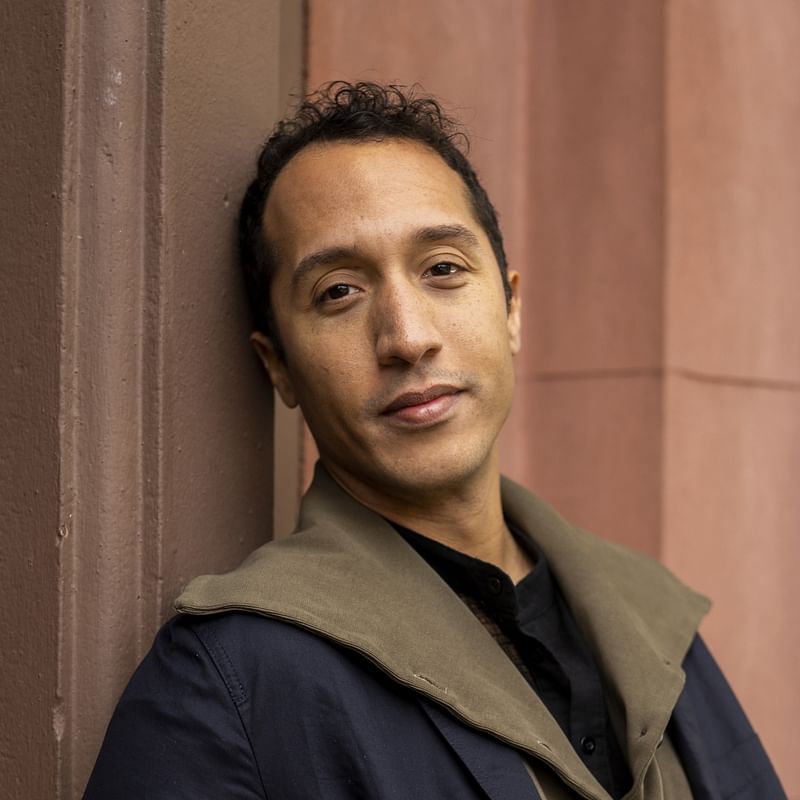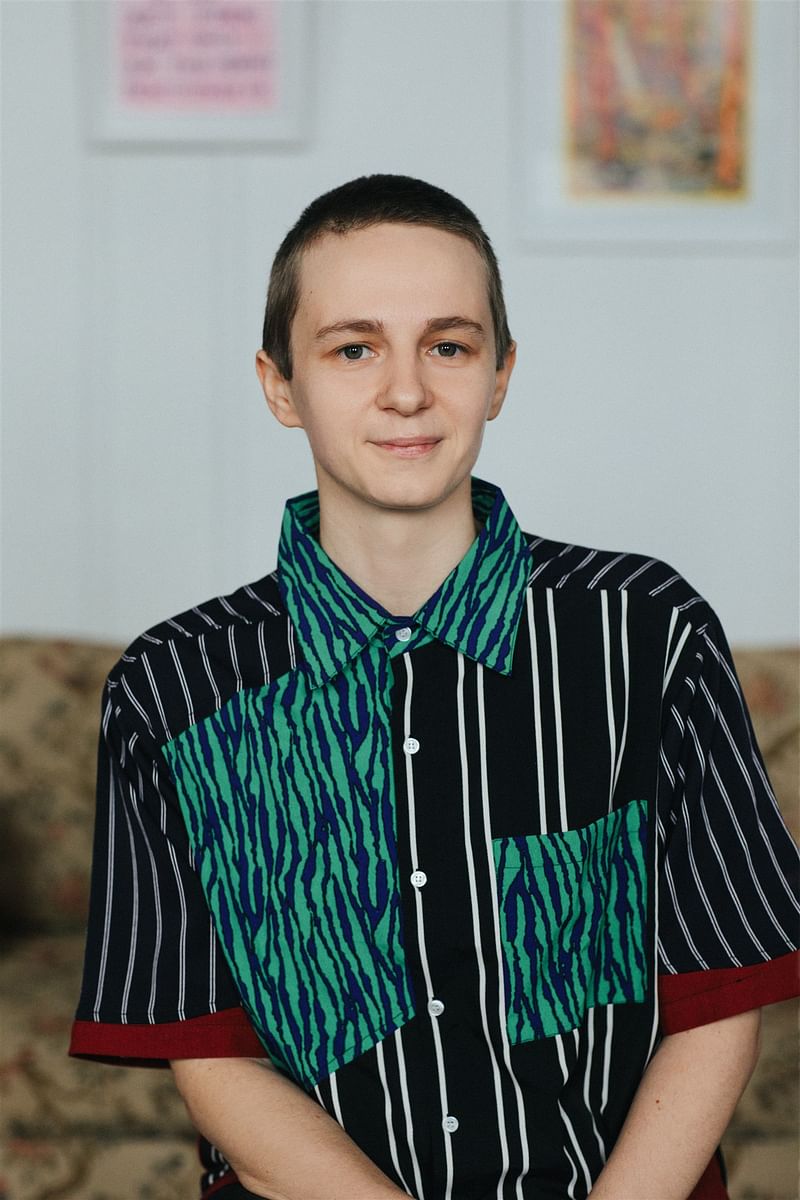Five 'boundary-pushing' architects, designers, and artists awarded 2025 United States Artists Fellowships
By Niall Patrick Walsh|
Thursday, Jan 30, 2025

Related
The arts funding organization United States Artists has awarded grants to five architects and designers as part of the 2025 United States Artists Fellowship. As with previous years, each fellow will receive a $50,000 grant to support their “boundary-pushing work and contributions to their respective fields.”
The five fellows from the Architecture and Design category join recipients in eight other fields, namely Craft, Dance, Film, Media, Music, Theatre & Performance, Traditional & Visual Arts, and Writing. Since 2006, the organization has awarded more than $41 million to artists across the U.S.
“With this unrestricted grant, recipients are encouraged to use their award for any purpose, whether that be creating new work, paying rent, reducing debt, obtaining healthcare, or supporting their families,” the organization added announcing the 2025 recipients.
The 2025 Architecture and Design Fellows are as follows:

Paola Aguirre Serrano and Dennis Milam
Biographies: "Based in San Antonio and Chicago, Paola Aguirre Serrano and Dennis Milam are partners at the architecture and urban design practice Borderless Studio. Their work reimagines spaces collectively, taking a multicultural approach to challenge dominant narratives, physical boundaries, and their systems."
Archinect: How would you describe your work as a unique contribution to architecture & design?
"Borderless is committed to an architecture and design practice that is collaborative, justice-driven, centers openness, generosity, solidarity, resilience, and community care. Our work actively challenges existing systems, amplifies diverse voices, and engages design processes that create more inclusive and equitable spaces."
Archinect: What exciting new projects do you have in mind?
"Currently, we are leading neighborhood and housing plans in Albuquerque (NM) and Bridgeport (CT), as well as developing an exhibit that explores collaborative storytelling about the Mexico-United States border region through themes of identity, belonging, and cross-border dialogue."

Leah Wulfman
Biography: "Trained as an architect, Leah Wulfman is a Salt Lake City-based multidisciplinary architect, educator, and game designer whose mixed-reality installations emphasize the physical and material basis of the digital world. Their approach examines relationships between technology and nature while challenging normative ideologies often reinforced by architecture."
Archinect: How would you describe your work as a unique contribution to architecture & design?
"Continuously traversing physical and digital realms, my work imagines and activates design, spatiality, and embodiment for hybrid realities. I work with video games as embodied technological mediums to reconcile connections to spaces, bodies, and ecologies, both real and simulated. I integrate digital tools and spatial technologies such as virtual reality (VR), artificial intelligence (AI), live compositing, and real-time video game engines with persistently and excessively material counterparts—often living, trashed, fluid, toxic, dirty, plasticized, constructed, and decaying. As Lisa Simpson—among others—once said, 'Lamps in video games use real electricity.' Often described as building out trans aesthetics and mixed-reality materialities, my work undercuts binary and puritanical assumptions of gender, space, nature, and physicality, as well as technology. I push material, conceptual, and technological boundaries, actively prototyping uses and misuses of Spatial Computing, Digital Twinning, and Digital Puppetry to both evolve and reflect the hybrid physical, digital state of spaces and objects. I adapt the systems and logics of architecture and game forms to gear the design of digital spaces and objects towards immersivity and embodied physicality."
Archinect: What exciting new projects do you have in mind?
"Mixing spatial thinking and play learning, my work encompasses multi-dimensional, multi-reality games, spaces, toys, materials, forms, and models. I am currently working on physically immersive video games, which combine actuated architectural inflatable forms, interactive play spaces, and real-time projection mapping of in-game and physical webcam views. I have been working combining electronics and robotics with game engines for the past few years, and I am excited to continue to expand this work to push meaningful synchrony and discordance with digital twinning, as well as to further work with the projection mapping of games onto physicalized sets and interactive features. Another piece that I have been messing with over the years and am genuinely very hyped about is the creation of site-specific video games and customized controllers tuned to the specifics of both game and location. Moving from the indoors out, such 'in-situ' games reframe game design and environmental storytelling beyond the domestic interior. There are other currents and more things on the horizon, but maybe let's leave it there for now."

Jerome Haferd
Biography: "Harlem-based architect and public artist Jerome Haferd’s practice critically engages built environment projects in urban and rural contexts, often looking to Black, Indigenous, and other marginalized histories to unlock a new imagination for architecture, design, and cultural infrastructure. His work on complex sites includes collaborations with the Harlem African Burial Ground, Park Avenue Armory, National Black Theatre, and numerous public agencies."
Archinect: How would you describe your work as a unique contribution to architecture & design?
"While Jerome Haferd Studio covers a wide range of projects, I think what distinguishes the practice is an investment in imaging and uplifting underrepresented histories, aesthetics, and culture into architectural and urban form. I am looking to expand on the 'canon' of history that we typically see manifested or interpreted in the built environment. Some of my most exciting work is operating at the boundary of speculative design and heritage practice, which I am calling 'Radical Preservation.'"
Archinect: What exciting new projects do you have in mind?
"I am currently working on a number of exciting projects in the studio. The next big project finishing up is the Exodus & Dance Storywalk, which will be unveiled in late Spring / Summer 2024 throughout the Kingsborough Houses NYCHA campus in collaboration with the Public Housing Community Fund (PHCF) and Ifeoma Ebo / Creative Urban Alchemy — a former United States Artist awardee as well! We are also working on a second collaboration with the historic Africatown, AL community, and an Afro-Ecuadorian culture and performance center in Chota, Ecuador — stay tuned! Finally, the permanent public artwork and plaza, Water Table, which will be installed next year along the new East River Esplanade in Manhattan with NYCParks, Stantec, and NYCEDC."

Finnegan Shannon
Biography: "Finnegan Shannon is a Brooklyn-based artist experimenting with forms of access, intervening in ableist structures through the lens of humor and satire. Their previous projects include Anti-Stairs Club Lounge, presented in various iterations at the Wassaic Project and the Vessel at Hudson Yards, critiquing the accessibility of both sites and including an interactive lounge space, reading materials, and protest at the Vessel."
Archinect: How would you describe your work as a unique contribution to architecture & design?
"I’m part of lineages and networks of artists and designers who prioritize disability cultures in their work. When we start with our inherent needs and dependencies, what becomes possible? In my work, I think specifically about tone. I’m interested in making things that are mischievous and playful while also being very clear and critical about things that need to change."
Archinect: What exciting new projects do you have in mind?
"This year, I’m working on a project about the surface of refrigerators, which I think of as the rotating exhibition space of the home. Both before and during the ongoing pandemic, disabled people are home a lot (because of access barriers in public space, transportation, urban design, housing, and more). So I’m excited to celebrate the ways that art can come to us and be part of our daily lives."

RELATED NEWS Ifeoma Ebo, DK Osseo-Asare, AD-WO, Selina Martinez, and Maya Bird-Murphy are the Architecture & Design USA Fellows for 2024


Share
0 Comments
Comment as :